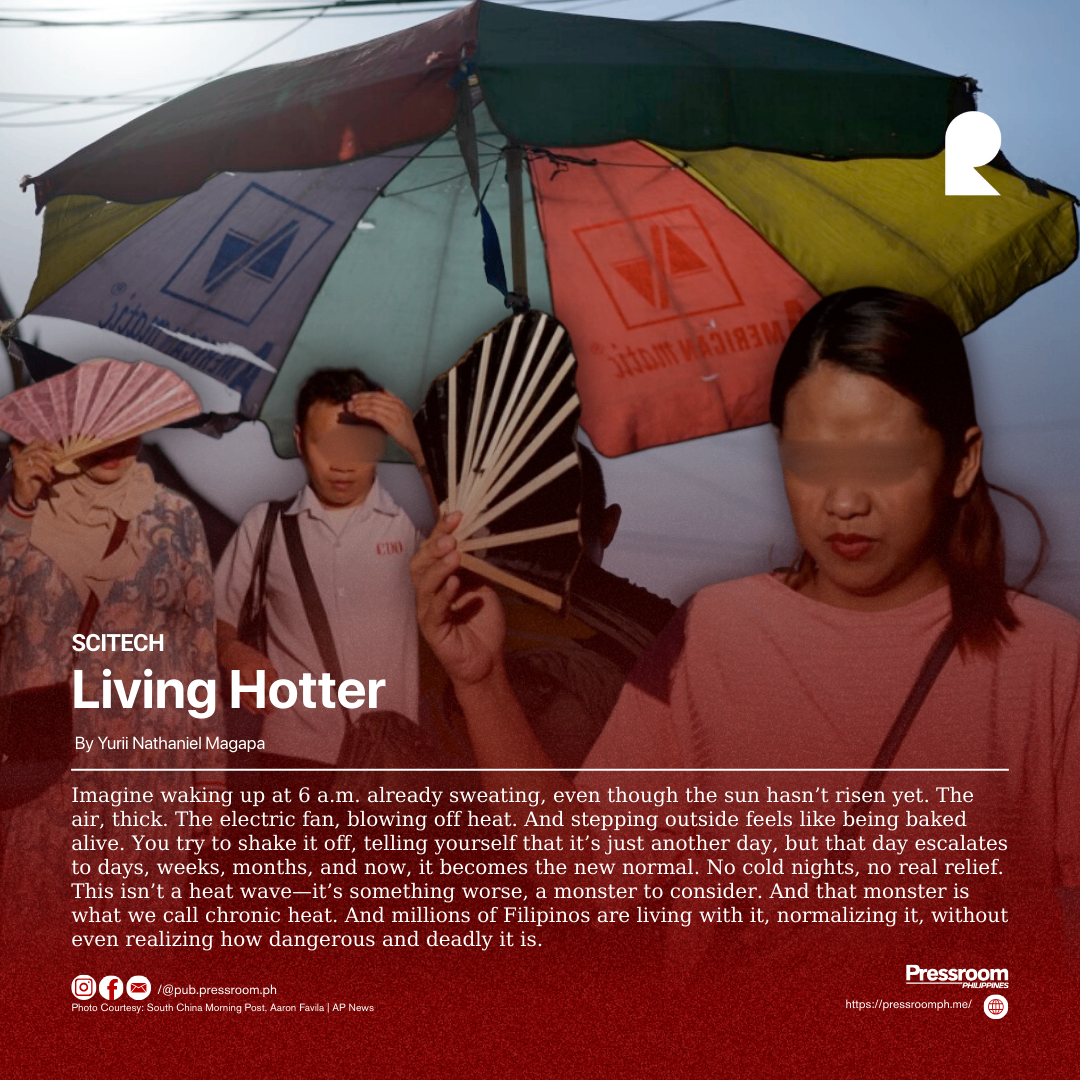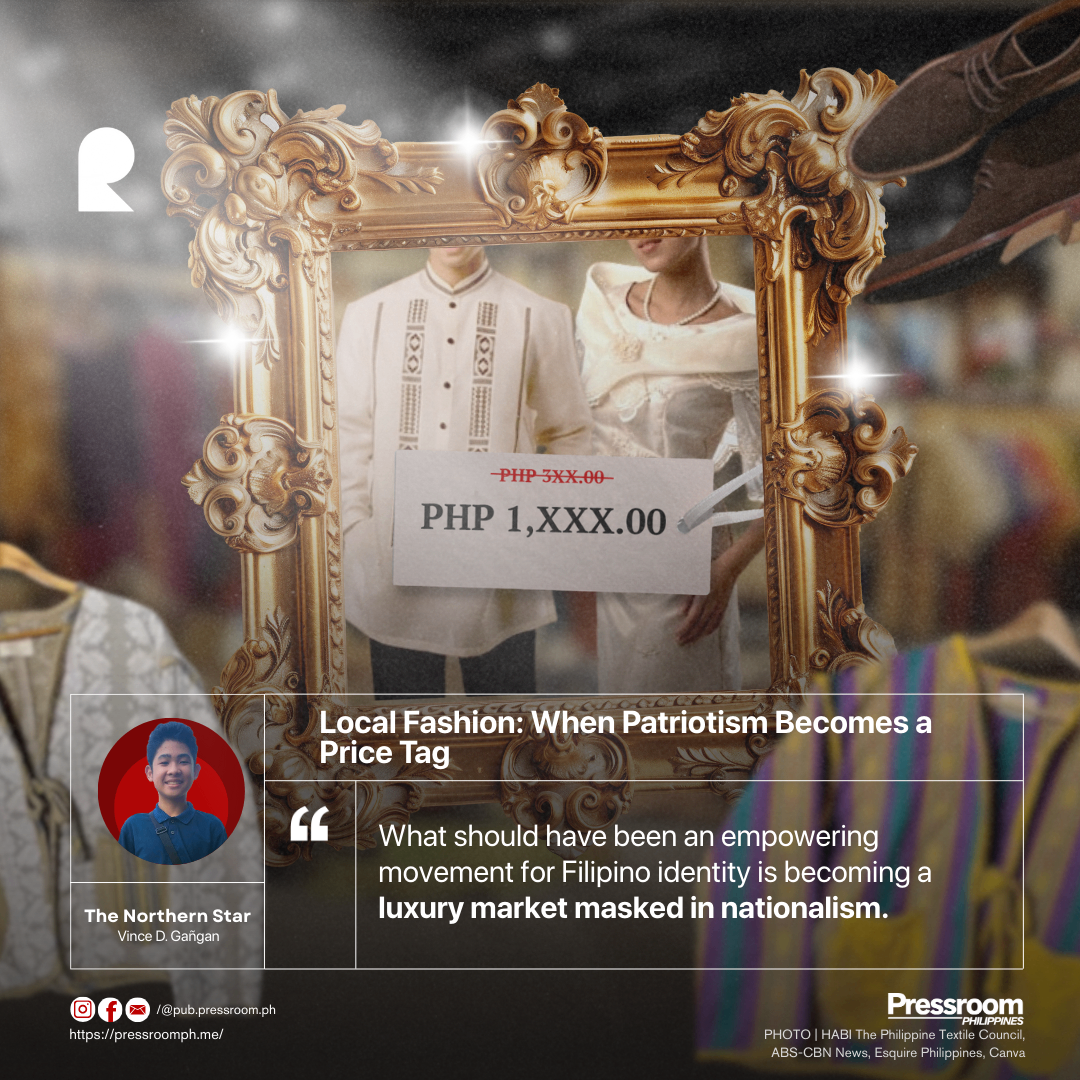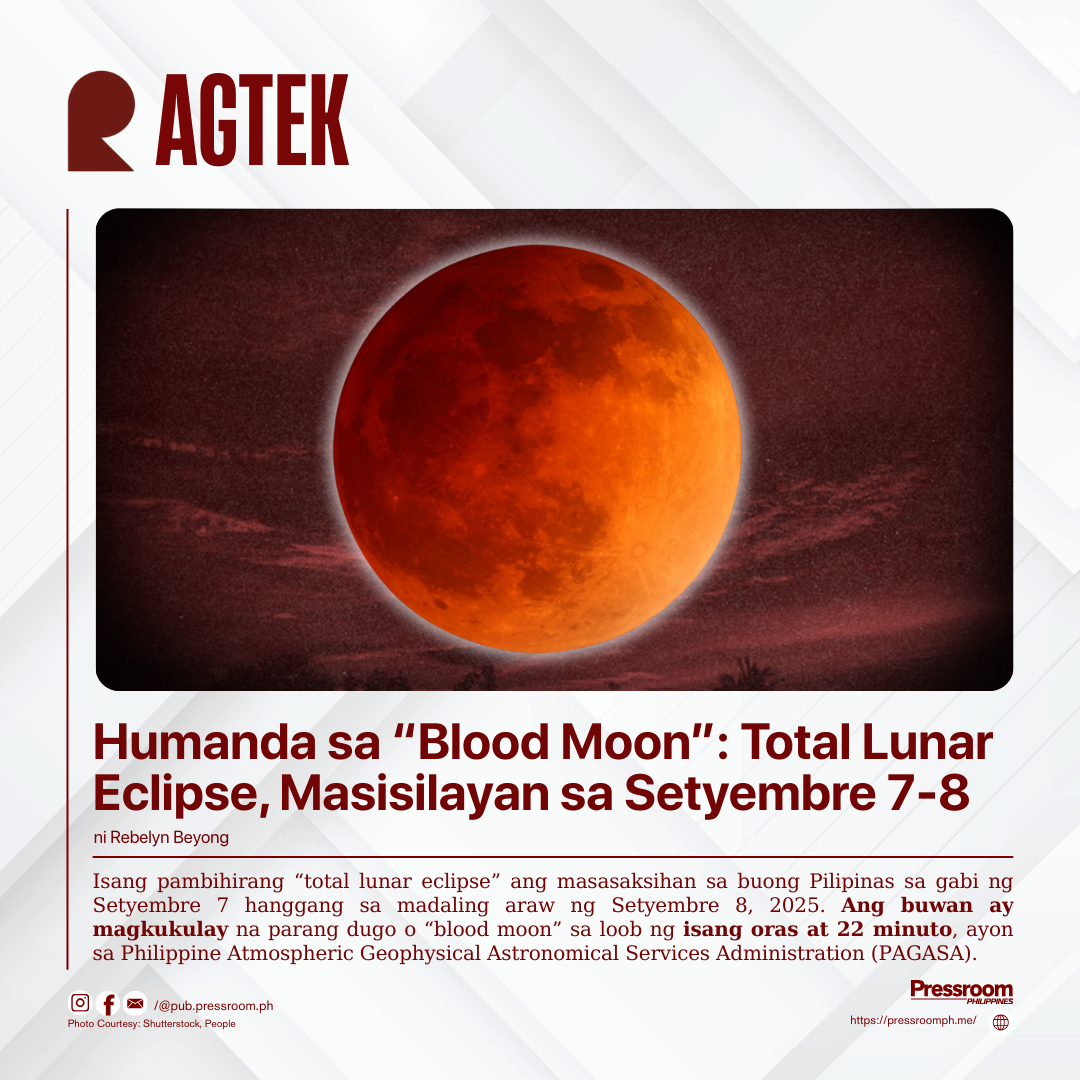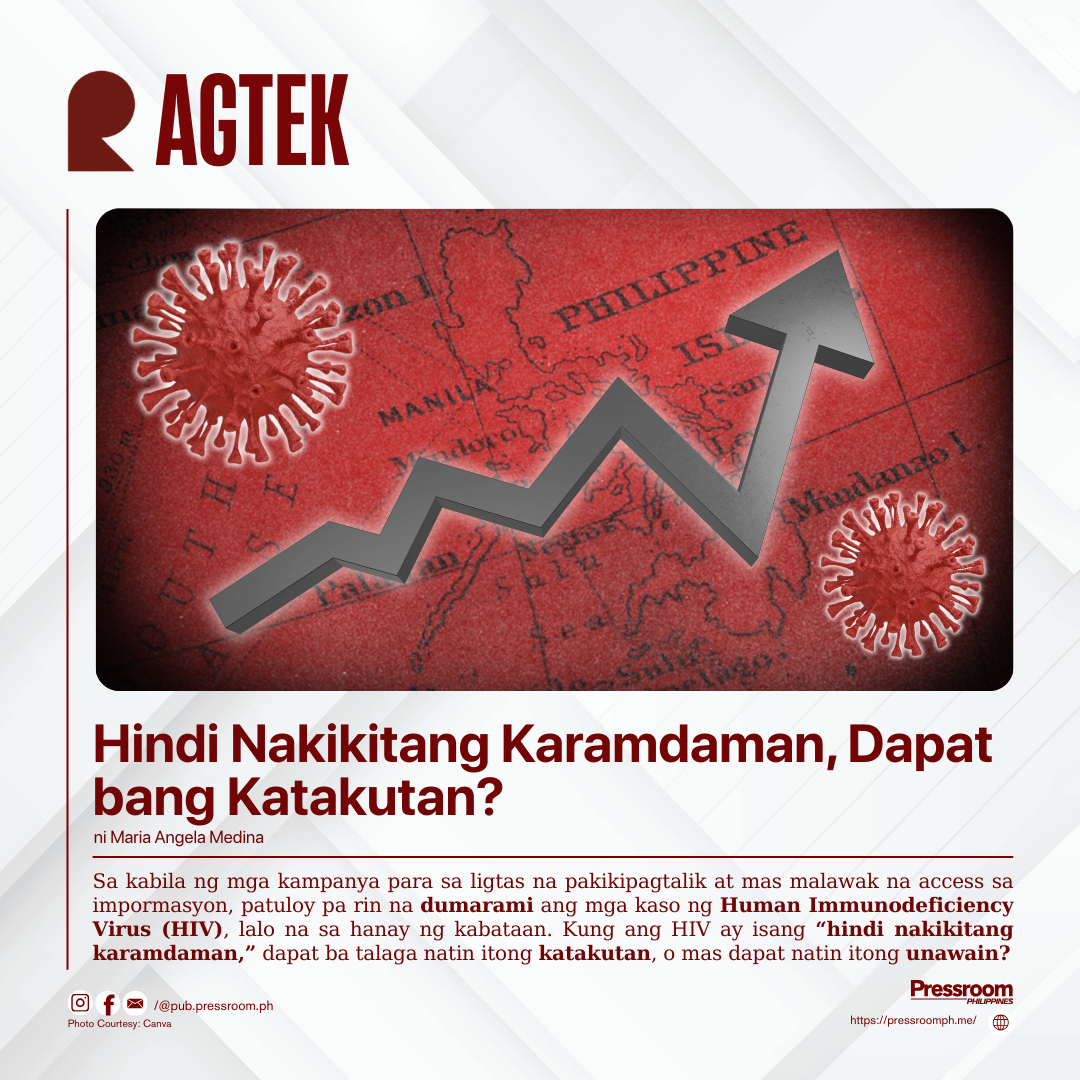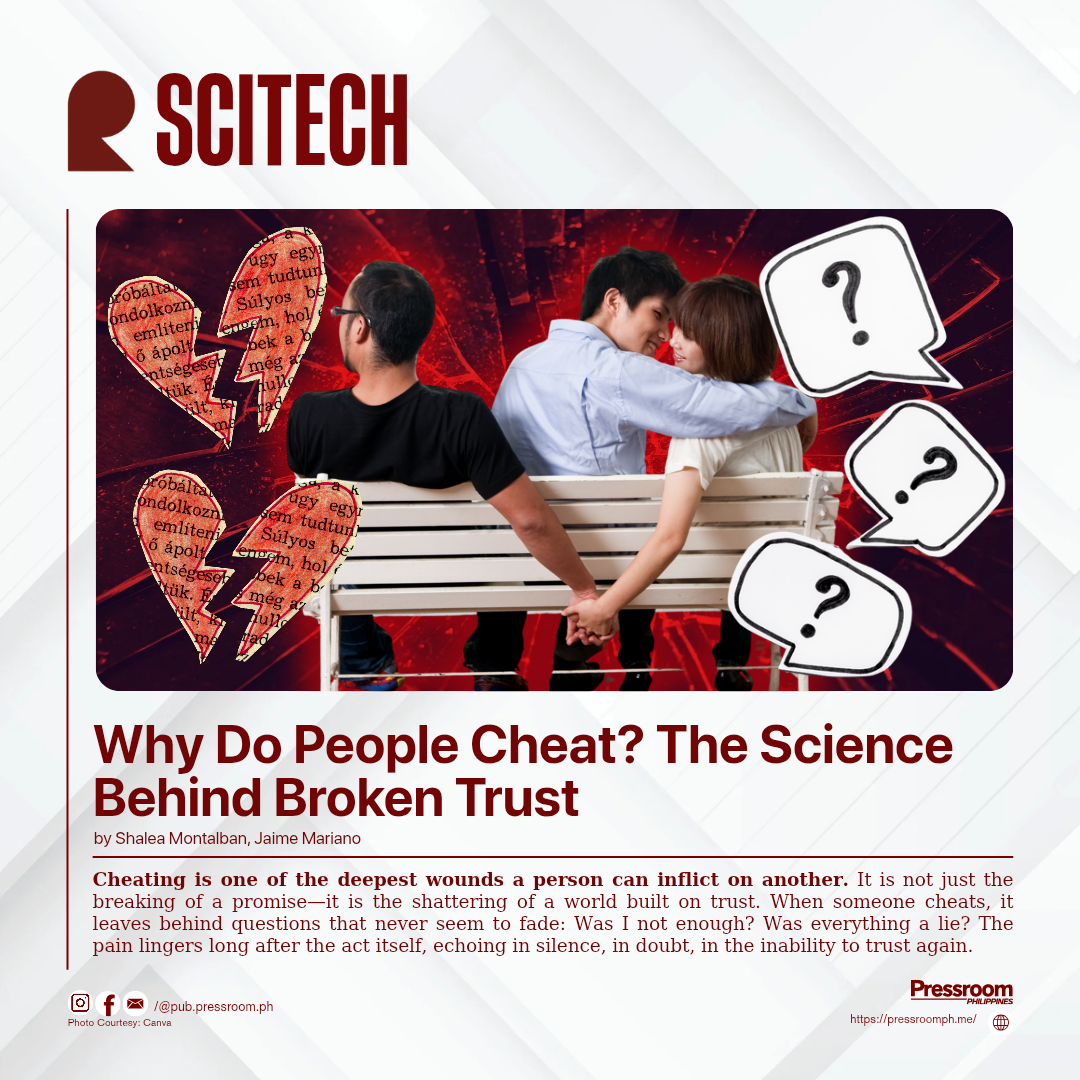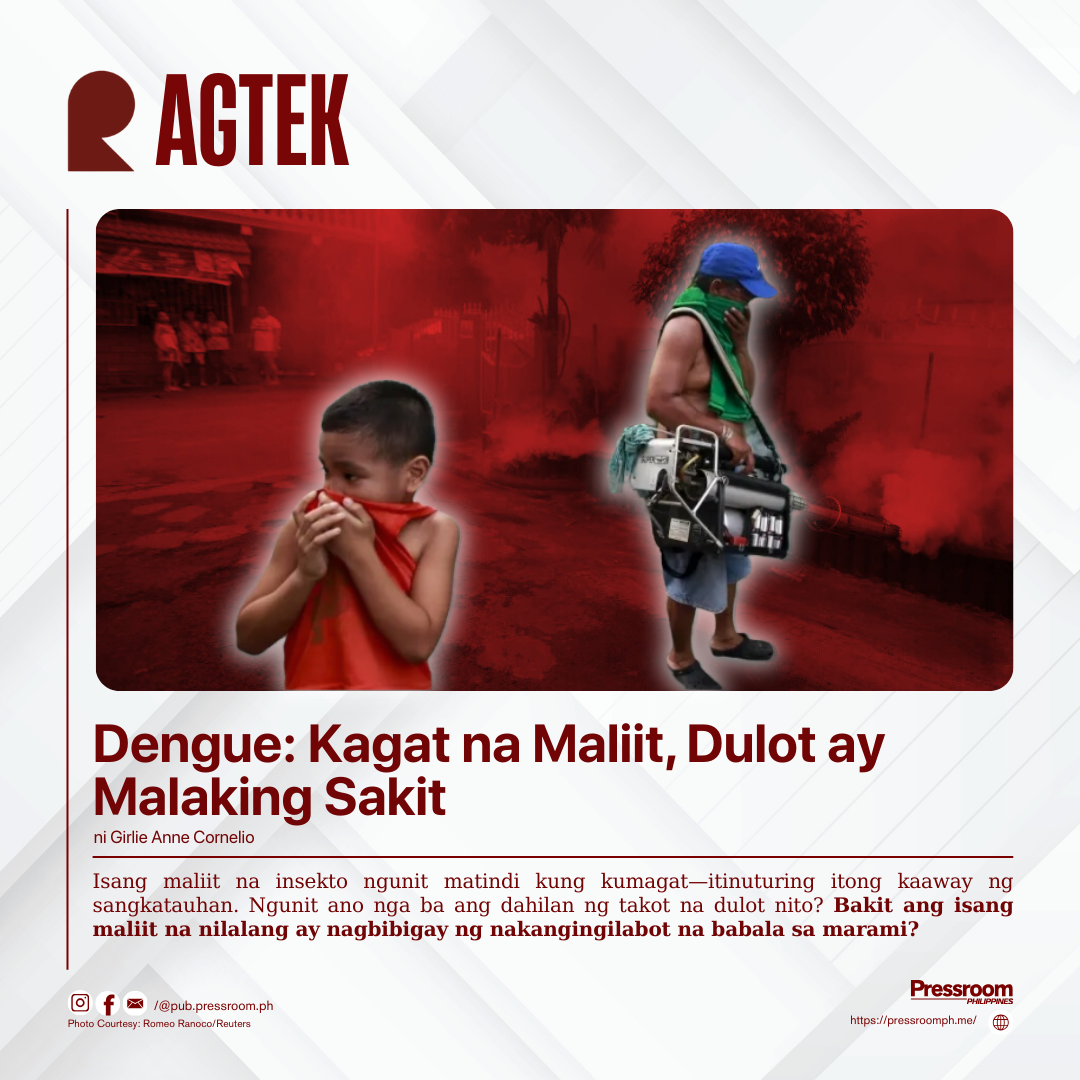𝘃𝗶𝗮 𝗬𝘂𝗿𝗶𝗶 𝗡𝗮𝘁𝗵𝗮𝗻𝗶𝗲𝗹 𝗦. 𝗠𝗮𝗴𝗮𝗽𝗮, 𝗣𝗿𝗲𝘀𝘀𝗿𝗼𝗼𝗺 𝗣𝗛
Imagine waking up at 6 a.m. already sweating, even though the sun hasn’t risen yet. The air, thick. The electric fan, blowing off heat. And stepping outside feels like being baked alive. You try to shake it off, telling yourself that it’s just another day, but that day escalates to days, weeks, months, and now, it becomes the new normal. No cold nights, no real relief. This isn’t a heat wave—it’s something worse, a monster to consider. And that monster is what we call chronic heat. And millions of Filipinos are living with it, normalizing it, without even realizing how dangerous and deadly it is.
Chronic heat happens when high temperatures extend over long periods—sometimes reaching months. It’s not the kind of heat that breaks records or makes it to the headline. It’s the kind of heat that secretly builds up inside you and your own home, day after day. Who would’ve expected that? Your own home, a place of comfort, will be the reason that you won’t see the daylight. In the Philippines, specifically from March to June, many cities all over the country experienced heat that feels like hell.
In 2024, where our country experienced heat reaching more than 50℃. That’s not an outliner—it’s now becoming a pattern. And while heat spikes get all of the attention, the slow burn of chronic heat may be the one that’s harming us more deeply.
Our bodies aren’t simply built for this kind of prolonged thermal stress. To stay cool, we sweat and our blood vessels bolsters. But when this technique is being abused, it puts a warning sign in our systems. The heart, during this kind of activity, works harder for a long period of time, which is risky especially to those who have hypertension—a condition affecting 30% of our country’s population daily. Chronic heat turns an already serious health issue into a daily, life-threatening one.
But, this stress doesn’t end with just the heart. Dehydration from excessive sweating takes a quiet toll on our kidneys. When fluid loss isn’t properly fixed each day, kidney function is gradually compromised. For workers working under the throbbing heat of the sun—vendors, laborers, farmers, construction workers—the danger is multiplied. With such a few to no access to clean water or even just a simple cooling area for them to relax, they’re unknowingly risking chronic kidney damage and other long-term health problems.
When the morning and noon feels like hell, of course it isn’t complete without the night feeling like hell too. Cities such as Metro Manila and Cebu trap warmth through concrete buildings, asphalt, and glass—creating what we call urban heat islands where nighttime relief is only felt once in a blue moon, unless you have an A/C supply. Without proper cooling, bodies don’t get the rest they deserve after a long day of spending under the heat. Poor sleep becomes a part of a daily routine—leading to increased risks such as obesity, diabetes, insomnia, etc. The effects may seem invisible at first, but they add up over time.
Shockingly, heat may also be one of the reasons why we age fast. A U.S. study found that people that are frequently exposed to heat aged up biologically 14 months quicker than those who live in cooler climates. This isn’t about the feeling of being older—it’s about real, cellular wear and tear. In a country where air conditioning is considered a luxury, mostly relying on fans and open windows which only gives out hot air isn’t really helping, Filipinos are living with a level of heat exposure that could be silently accelerating their aging.
And as always, the most vulnerable are the most affected. Millions of low-income Filipinos lived in cramped, poorly ventilated homes without proper access to air conditioning. Informal settlers and rural communities are left to fight life-threatening temperatures with tiny electric fans or wet towels.
Heat has become another form of inequality. To fight it, we must act now—both by showing it through our doings and our words. Because living hotter shouldn’t mean dying younger. |
